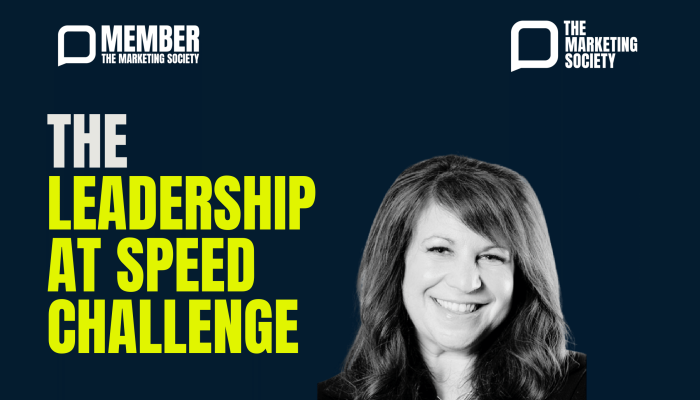Abraham Maslow famously wrote, “I suppose it is tempting, if the only tool you have is a hammer, to treat everything as if it were a nail.” We certainly do find some ‘hammers’ in the Continuous Improvement world – those tools and techniques that groups keep turning to, when there are so many (often more effective) alternatives.
A current favourite tool for ideas or solution generation (instead of the oft-used Brainstorming technique) is the use of archetypes or personalities to prompt ideas for approaching problems or challenges. Simply pick a personality or a way of approaching the world – let’s say Lady GaGa – and with the problem or challenge in mind, ask yourself, “What would GaGa do?”
You don’t have to know lots about GaGa to know that she would probably do something unexpected. For example, she might wear an entire outfit made out of meat! But this could be a trigger for some different ways of thinking, e.g. could we use existing materials or resources in new and unusual ways? GaGa might also go out wearing a pair of 10” high platform stilettos – what would we see if we were to take an overview of this? How can we take ourselves out of our comfort zone? Or she’d duet with Tony Bennett – how could we put a new twist on something that’s very well established?
Of course, GaGa doesn’t work for everyone. As well as stimulating ideas and different ways of thinking we’ve also found this technique to be a useful way of finding out how ‘in touch’ we are with popular culture!
Thus, I confess I haven’t yet put much thought into how a Kardashian would do it (though it would probably end up quite shiny and on Instagram).
If this feels a bit oblique try putting yourself, literally, into someone else’s shoes by trying on the De Bono Action Shoes. You might know De Bono from his 6 thinking hats – the different coloured hats that can be put on when different perspectives are required – and be glad to know that he has developed a range of footwear to complement them.

There are 6 types that can be worn, so that we can approach particular situations with appropriate styles of action. Its also possible with the shoes (GaGa take note) to wear more than one style at a time.
You might, for example, combine a formal shoe with a purple boot. Fancy.
The formal, navy shoe is worn where formality, routines and procedures are important. Alternatively, the grey sneaker is best for exploration, investigation and the collection of evidence. If a pragmatic, sensible and practical approach is needed then the brown brogue is worn, and for situations calling for authority and command, the purple riding boots are for you. Orange gumboots are worn in emergency situations, and where safety is a key concern, and finally the pink slippers are worn when a sensitive and gentle approach is called for.
So the next time a challenge arises, or a different sort of marketing solution is required, instead of your usual hammer, try a tool that supports different ways of thinking and different styles of approach.
This will take you to some unexpected places, via discussions that feature things like meat clothing and platform shoes, but the results can be priceless. And when you have identified new courses of action, based on new ideas, you can say you’ve truly nailed it.
By Martin Brenig-Jones and Jo Dowdall, authors of Lean Six Sigma For Leaders: A Practical Guide for Leaders to Transform the Way They Run Their Organisation
ABOUT THE AUTHORS
Martin Brenig-Jones is Managing Director of Catalyst Consulting, Europe's leading Lean and Lean Six Sigma consulting and training company. An industry expert with more than two decades of experience, he has high-level expertise in process management and the EFQM excellence model.
During his career, he was head of quality at British Telecom, where he elevated several large BT divisions to award-winning levels. He has held several senior management roles at other organisations in communications systems, software and systems development.
A practising Lean Six Sigma trainer and coach with clients all over Europe, Russia and the United States, Martin is Co-author of the popular Lean Six Sigma for Dummies.
Jo Dowdall began her career in Continuous Improvement in the year 2000 and has been a keen practitioner, coach, trainer and advocate ever since. Before joining Catalyst Consulting, Jo was a Quality Manager, a Black Belt, a Business Excellence assessor and trainer, and an implementer of ISO management systems.
Jo has worked internationally within a broad range of sectors to deliver training and facilitate improvement. These include the public sector and government departments, utilities, telecoms, retailers and manufacturers.



